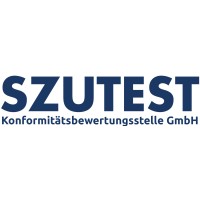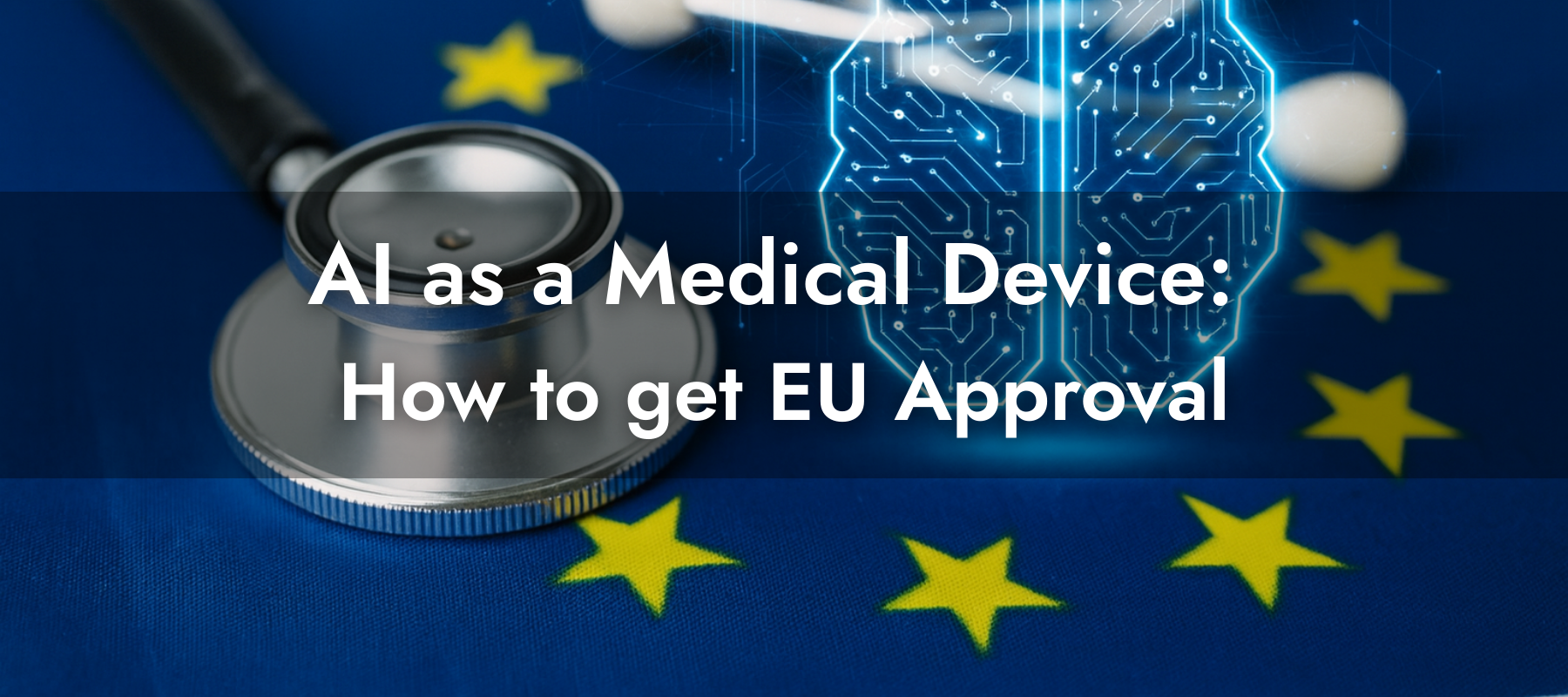AI as a Medical Device: How to get EU Approval
Placing an AI-powered medical device on the EU market requires complex strategies and a high level of both technical and regulatory expertise. This even gets trickier for Software as a Medical Device (SaMD) powered by Artificial Intelligence (AI).
Choosing the Right Notified Body
Notified Bodies are responsible for evaluating medical devices in accordance with EU MDR requirements and issuing the CE Certificate. One of the first and most critical steps is selecting a Notified Body with reviewers who have sufficient expertise in AI technologies. Without this, the conformity assessment process can become inefficient or misguided.
Classification Challenges
One of the most common issues with AI-powered SAMDs lies in their classification. At this point, a clear idea about the real clinical benefit of the device is the most important issue. In most cases, the pathway to getting clearance goes through this clarification. Manufacturers frequently either overstate or understate the clinical benefit. This benefit, for example, can be decreasing the time spent by a clinician during a routine procedure or directly marking the tumor. Deciding on which would change its classification.
Demonstrating Clinical Benefit
Once clearly defined, it must be supported by robust evidence. Typically, this is achieved through collecting and analyzing clinical data. However, it shall be noted that traditional methodologies used for a physical medical device often do not fit the software domain well. The intended clinical benefit will also have major effect on the necessity of prospective studies.
Statistical Validation
Statistical success is the key aspect of validating the AI tool. Therefore, manufacturers should be very careful about selecting the most suitable statistical methods and study design. It is essential to consider multiple dimensions of performance, such as sensitivity, specificity, accuracy, etc.
Software and AI Development Lifecycle
Notified Bodies depend on a software development lifecycle as much as their validation results when approving software as a medical device. Therefore, one key aspect of success is integrating the AI Development Lifecycle into the existing software development lifecycle. This includes security management, AI Data Management, Data Labeling Practices, the AI Model Development Phase, Procedures for training, evaluating, and documenting AI models, as well as their release and maintenance.
While harmonized standards offer general guidance, they may not fully reflect the state of the art for AI systems. Manufacturers are encouraged to review frameworks such as CMMI for more mature development process insight.
Stay Up to Date
Manufacturers should maintain constant awareness of:
- EU Regulations
- Relevant MDCG guidance documents
- Applicable EN/ISO/IEC standards
- Team-NB Documents
- IG-NB Documents
These documents evolve and often contain critical clarifications that directly impact AI-based SaMD development and approval.


Subscribe Now to the Bio-Startup Standard
Notify me for the next issue!



